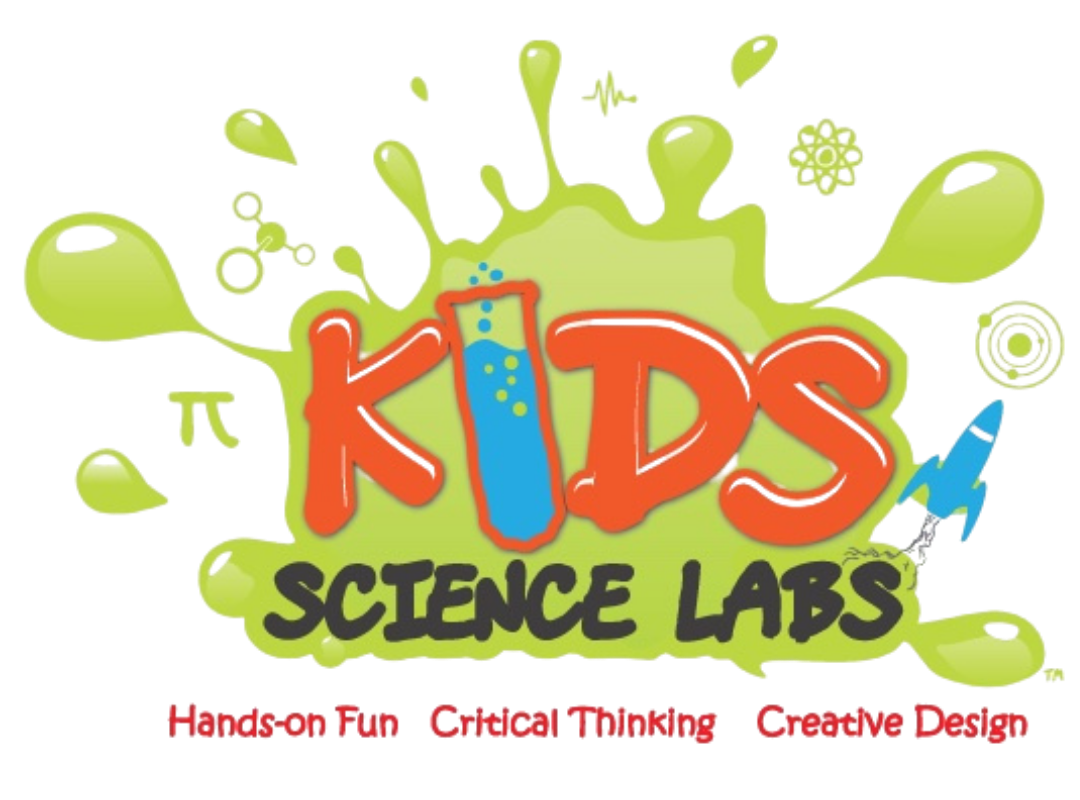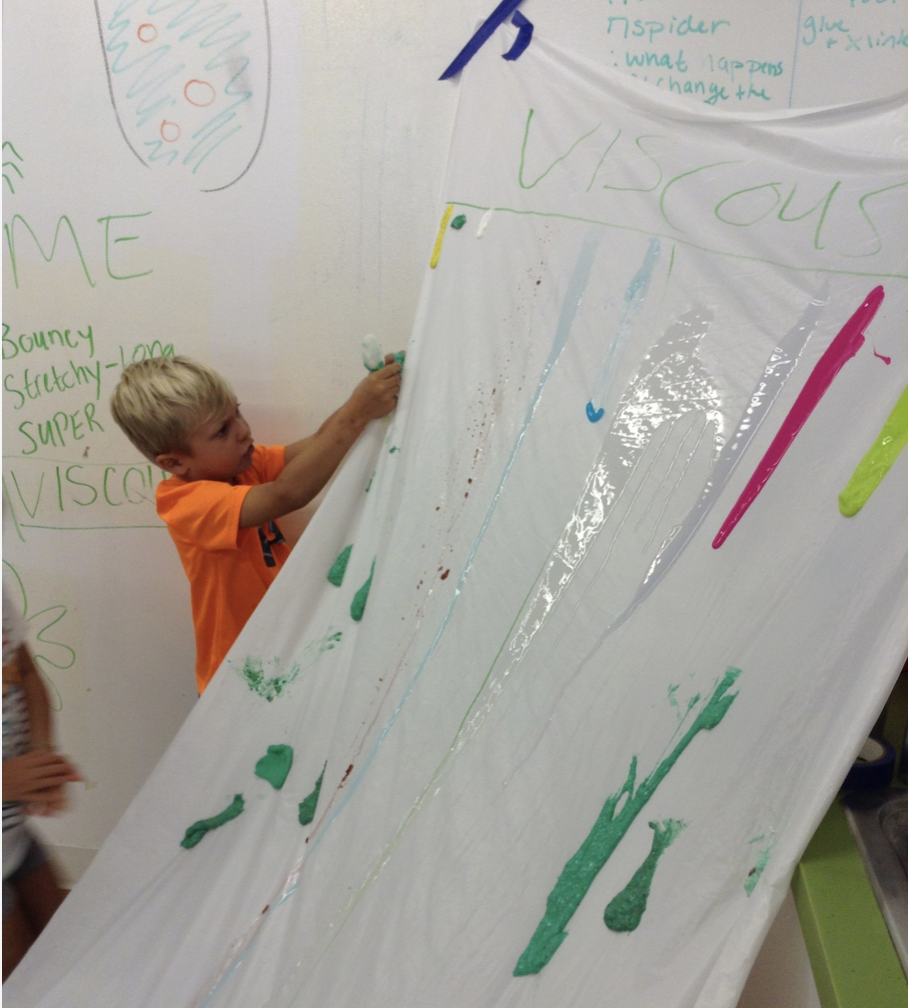Why is syrup so thick (viscous) when it is cold?
How to use syrup to make stretchy slimes that are viscous, sticky, and wet in Summer Camp?
Let’s face it, we experience all types of liquids, every day, and everywhere. Some of those liquids, such as syrup, jelly, and sun butter, can be a really icky sticky mess, while other liquids like water or hand sanitizer, flow so easily. One of the properties of liquids, is how easily they flow….and as scientists, we describe this as viscosity (thickness of a liquid). At Kids Science Labs, in winter camp this week, we explored the VISCOSITY OF LIQUIDS.
How many types of slimes can you make with the same ingredients in summer camp?
Over the years, we have not only made over 50 different types of slime, including oobleck, PVA, and Fluffy Slime, but also have introduced all types of new slimes to kids of all ages, including Gooey Worm Slime, Glitter Slime, Glowing Slime, Magnetic Slime, Ketchup & Mustard Slime, Flim Flam, and even real strawberry jelly slime. In our lab, the question is what drives the experiments, so on a day of comparing viscosity of liquids, we try to also focus on the three major characteristics of slime that tickles kids imagination:
Slime is Sticky - Slime can either be cohesive (sticks to itself) or adhesive (sticks to other things) and part of our brand of experimenting with slime is to allow kids to observe and react to a slime moving through these phases. Often it starts adhesive like Elmer’s glue and then after a full chemical reaction, is much more cohesive, such that it doesn't mess up our couch or floors.
Slime is Wet - Wetness is not something that we speak about in science often, but its important for kids to understand. When they touch something that is dry, kids will absolutely not characterize it as slime. For example, if your jar of slime dries out, kids will not think its fun to play with anymore. Without its characteristic wetness, we call it something else..but not slime.
Slime is Viscous - Viscosity is a word at Kids Science Labs that we describe by showing kids honey and syrup, as a contrast for apple juice and water. Viscous liquids tend to be more dense, they move more slowly, and they have a more “gooey” texture. To a kids observation, Applesauce, Sun Butter, and Jelly are more like slime, than Lemon Juice or Milk.
In our Summer Camps in Chicago, your child will perform tons of experiments with viscous liquids, primarily around the 3 core principles above, as slime is sticky, wet, and viscous. We also try to ensure that each child can understand that we all have slime in our ears (ear wax), our eyes (mucus), our nose (mucus), and that slime is found in animals everyday, from toads and hagfish to a possum defending itself. In the course of making slimes, we encourage our students at KSL to try to describe the slime. Is it viscous? Is it sticky? Is It wet? For older students, we explore the specific viscosity and then try to adjust the viscosity fo the slime by exposing liquids to cross linkers as well as additives.
Throughout the slime day, we will explore 6-8 different types of slime before giving our scientists the opportunity to really understand that a slime can be made from just about anything, as long as you can make it wet, sticky, and viscous (thick). At home, look in your fridge and see if kids can identify liquids that are the closest things to slime (jelly/jam is always a winner). Below is our classic Poly Vinyl Alcohol slime that we custom make for kids, by using several different safe cross linking agents. We even manipulate the color o the slime, even though kids like green the best.
Exploring the viscosity (thickness) of a liquid at Kids Science Labs is one way kids love us.
One experiment that kids love on days that involve slime, is exploring polymers and the effect that their cross linkers may have on the viscosity of the fluid, namely turning watery liquids into solid-like slimes. In this classic experiment, we actually take a seaweed extract, called sodium alginate, and explore how it behaves around calcium, which really makes a wonderful slime for kids. See these two kids (pre-Covid) explore slime.
Classic Polymer Worm Experiment for Kids doing Slime at Kids Science Labs
Since parents do not often get to join us at the classroom, we try to share a bit of the camp experience in other ways at the South Loop and other locations of Kids Science Labs around the U.S.A.
The overall experience at Kids Science Labs camp for kids.
We we have been doing viscous liquids for 10+ years, it never gets old for kids, so we just find new ways to use Slime and other viscous liquids to teach basic science, using chemistry, physics, biology, and asking everyday questions that enable creativity and critical thinking in our students. Thanks for the opportunity to engage them. At home, look around your refrigerator with your child, and compare the viscosity of ketchup to sun butter to orange juice.

